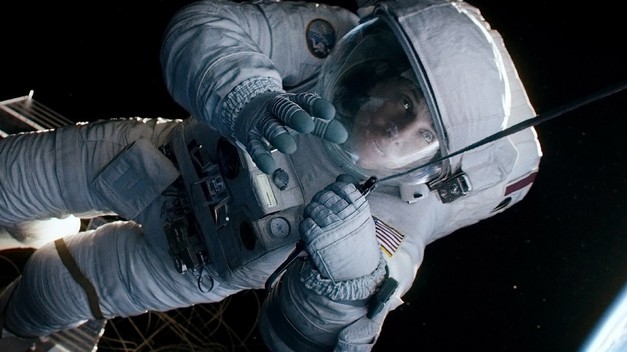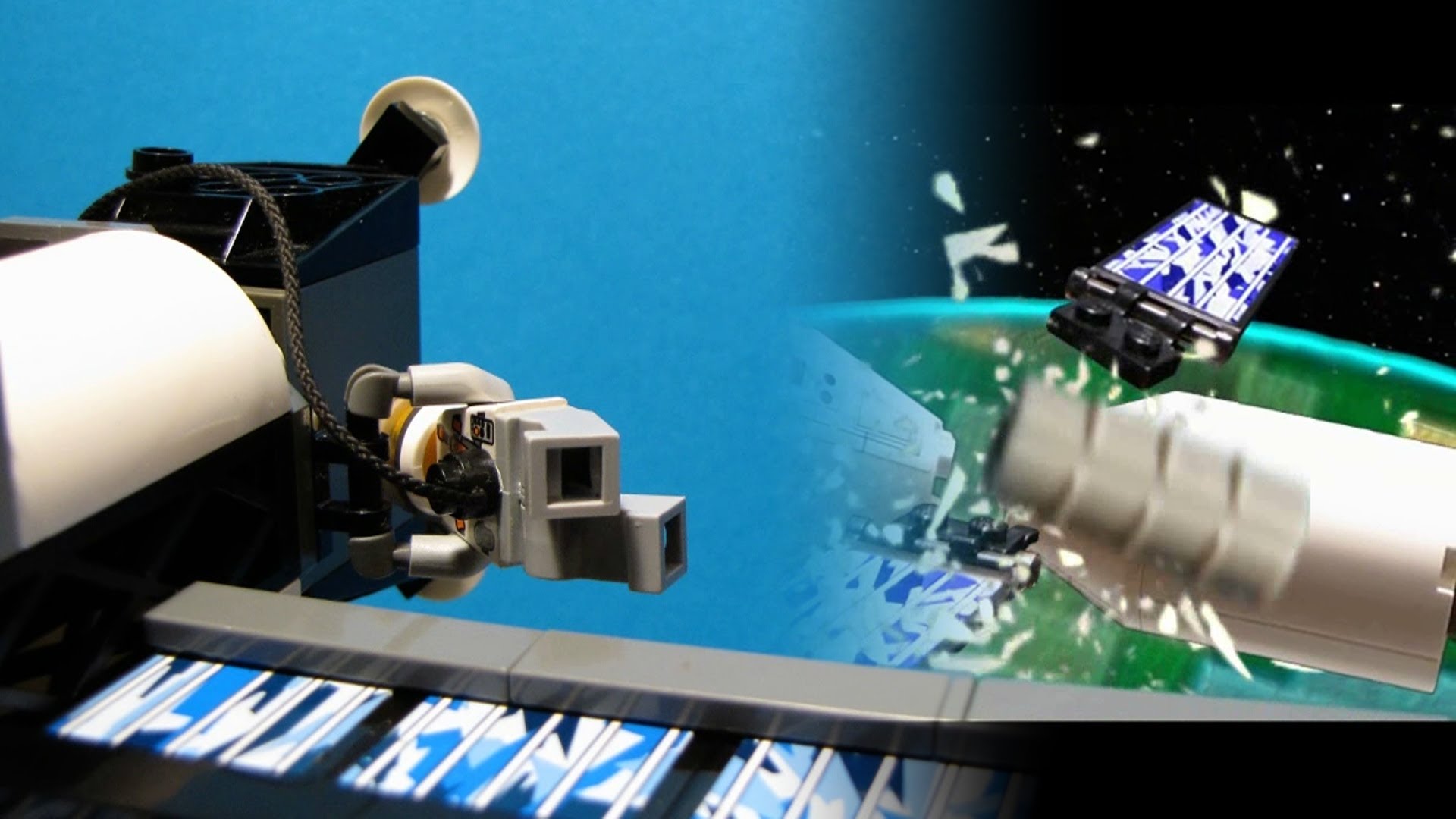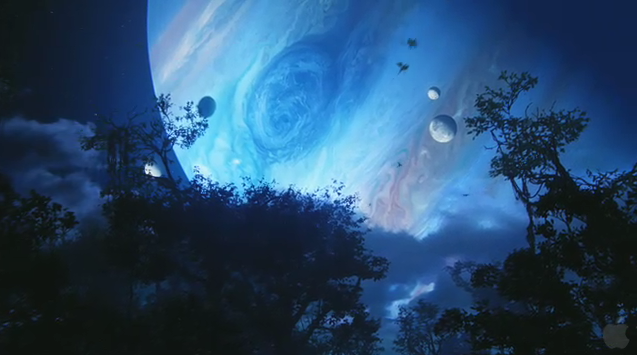As critics and audiences have demonstrated in this and the past weekend in the form of their glowing accolades and willingness to dish out the dough respectively, Alfonso Cuaron’s Gravity is a must see on the big screen. While that can be the case for a number of high profile blockbusters which are able to emphasize their technical prowess on a whole new level in a theater, the share of moviegoers who ventured to 3D showings hit a record level.
The addition of 3D is usually a deal breaker rather than an effective marketing tool with, for a recent example, animated flick Cloudy with a Chance of Meatballs 2 suffering a big dip over its predecessor that scored huge marks in the extra dimension. After winning in a big way early on, it recently seems 3D has evolved into the gimmick everyone prophesized it would become from the onset.

Of its huge $55.8 million haul, more receipts came from 3D than even Avatar, the film that launched the resurgence – and perfected the modern use of – the technique. Now, the number of screens offering this “premium format” may have changed since 2009 so it’s not a perfect comparison, but audience’s desire to see Gravity in 3D was undeniably overwhelming. Now many studios have claimed their use of 3D makes their film an event but many have also seen grosses slump regardless. So where does Gravity succeed on that level? As even if this thriller it’s the greatest thing since sliced bread, if nobody buys the hype, it’s all for nought. Clearly, this film is something special.
The simple act as using its breathtaking opening sequence as the trailer – a segment which showed the technical prowess on display and the intensity that followed – was a smart move, there was star power present in Sandra Bullock and George Clooney and the director’s prestige reputation and high grades helped it skew older, despite its sci-fi leanings. But the share of patrons venturing to IMAX and 3D showings was what really boosted the film’s gross, and none of that really fell on the leads or the director. Though, for men, the case could be made that seeing a spandex-clad Bullock floating around in space may be a selling point, but I digress.

The 3D is truly spectacular, and furthermore – and of the upmost importance – is that Gravity would lose some of its awe inspiring grandeur if viewed at traditional venues. It’s as rare as case as they come. Simply lifting those uncomfortable specs for just a moment showcases how completely engrained the approach is, with the entire range of view utilizing 3D in some form. This isn’t an instance where we’re merely seeing a character pulled into the forefront but rather that every layer from the panoramic clouds of earth to the debris floating in close proximity is placed in a different horizontal plane and with the visual effects to back it all up, the result is gripping.
Now as we all know, Gravity was crafted with 3D in mind, not added as an afterthought meant to manipulate dollars out of moviegoer’s pockets. The care taken is all translated to the screen and it’s a result lost in so many hackneyed uses and ugly post conversions. So rather than actually moderately bolstering their film’s grosses are studios actually shooting themselves in the foot by over saturating the marketplace with what is supposed to be a bonus offering? The answer would seem to be yes with 3D shares of most films dipping to around 30 percent whereas Gravity’s was 80 percent. A disproportionate amount came from the added dimension and so too was an opening weekend that shattered expectations.

To me the answer seems easy. Studios should pick two or three (suitable) films each year to produce in 3D and sell the hell out of why audiences need to pick up those glasses. Make it an event, make it special and even if it turns out to be a clunker, you’ve still at the very least made your dollars. To paraphrase The Incredibles: when everyone’s super, no one is.
There is a place for 3D, Gravity has shown that unequivocally, as have past achievements Avatar and Hugo, but filmmakers must be completely daft if they believe that from this point out, without interruption, audiences will fork out an extra four bucks to see a subpar film in a subpar format. Sound cinema stuck around because it offered something that the previous incarnation could not, and 4D and post-colourization did not because, well, they didn’t. Truly, people are pretty easy to please but become stone cold if they believe they’ve been cheated. You’ve fooled us more than once,